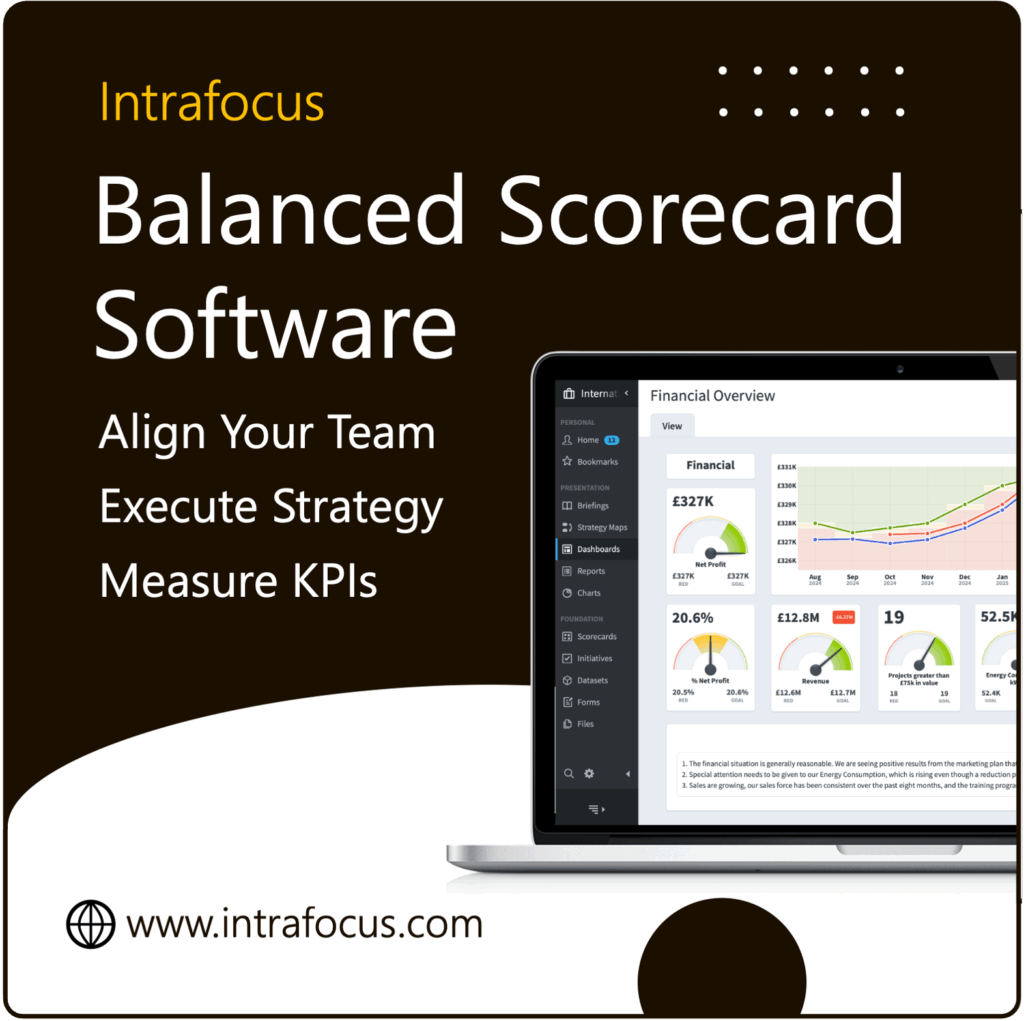Vision Strategy What Next? You’ve have had your annual executive off-site meeting and spent a couple of days plastering the walls with flip-board brain-storms and yellow stickies, the team building exercises in the bar were a great success. Finally you have all agreed on the company Vision and set out the Strategy for the next year in some detail and the following two years in a little less detail but nevertheless the whole team has bought in and made promises to deliver.
A month has passed and the department is functioning as normal, fire-fights are in full swing and you are now wondering about how to get started on implementing the strategy. A voice in the back of your head reminds you that the team went through the same process last year and by month two any initiatives had started to fizzle out because of the pressures of the day job. So what next? Anyone who has been in business for a while has been there. While we have time to think, we can come up with all sorts of ideas to improve/change/revolutionise the business. When we have to tackle the day to day realities we quickly realise we have bitten off more than we can chew and become overwhelmed with the strategy and therefore nothing gets done at all. See last weeks blog on How many Objectives? The key, of course is to do three things:
- Define your business goals
- Manage the associated metrics
- Track the resulting initiatives
It seems simple, but these three things often do not get done and when they are, they are not done effectively. Defining your business goals is not the same as agreeing a strategy. It is a disciple that will force you to look at the few things that you have a good chance of achieving over a certain period of time. They contribute to the strategy, but individually will not achieve the strategy. There has to be a set of associated metrics. This is not optional, managing the metrics will tell us whether or not we are achieving or have achieved the goals. The metrics must include leading and trailing measures (check out Key Performance Measures) that will enable you to influence change and monitor progress. Finally, all of this activity will result in initiatives or actions being generated when things don’t go to plan, these need to be tracked as well.
In days gone past all of this activity was managed using spreadsheets and PowerPoint presentations. Anyone doing that in today’s environment will find themselves listening to the little voice in the back of their head again next year saying “didn’t we do this last year, what’s changed?” You would do well to look at software systems to help automate and put structure around your strategic processes.



